Zeiss Batis Lenses Reviewed in Music Video “Those Goddamn Hippies – Drift”
The original post appeared on the sister site cinema5D.com – the leading source for camera and accessories news and reviews.
It’s always a challenge to find the right type of project for gear reviews – so when I had the opportunity to test the new ZEISS Batis lenses on a video project of my choosing, it sounded like a great fit when director Nicola von Leffern asked me to shoot her new music video for “Those Goddamn Hippies” (English solo artist Tom Marsh).
Here’s the behind-the-scenes video shot by Patrick Zadrobilek and Gunther Machu (edited by Patrick):
The production
Within very little time, the director Nicola von Leffern and “Those Goddamn Hippies” were able to pull together a great ensemble of extras, two great dancers and the beautiful location of an old bread factory here in Vienna, Austria, which can be hired for all kinds of events. I organized a great camera and lighting crew as well as a great group of behind-the-scenes filmmakers and photographers (full credits at the bottom).
For the shoot, we had a full set of ZEISS photo lenses as we didn’t want to include any higher-budget lenses like the ZEISS CP.2’s which I usually use on shoots like this one. The aim was to use very decent photo lenses that can be hired or bought for much less than the CP.2’s, and give them a go for video production. Apart from the Batis 2/25 and 1.8/85, I used ZE primes (15mm, 18mm, 21mm, 28mm, 85mm, 100mm Macro, 135mm) on a Metabones Speedbooster (EF-E) and the Loxia 2/35 and 2/50 on the Sony FS7 and Sony A7s on this shoot. It wasn’t easy to adjust all of them to the follow focus and matte box due to different diameters, but we did what we could in the very tight shooting schedule that we had on that day.
Sony A7s with ZEISS Batis 2/25, in the hands of Nino Leitner
Not specifically made for video
First off, let’s put this straight – these two new lenses (Batis 2/25 and 1.8/85) are not made for shooting video. They are predominantly photo lenses, even more than their “older siblings”, the ZE/ZF primes, for various reasons. However, the fact that ZEISS developed two relatively short and very lightweight new lenses from scratch at a price that is in the reach of many (they are much less expensive than, for instance, a CP.2 lens) made them sound interesting. And when I took those lenses to my vacation with my A7s to get to know them before our shoot, I was amazed by the quality of the bokeh, which is hard to put in words … but judge for yourself on some of the photos I took. Both the 25mm and the 85mm lens sport a pretty consistent look when shooting wide open.
Display
This is new on a lens, the Batis come with a built-in display. Once you switch to manual focus, it lights up and shows the focus distance, which is constantly adjusted in realtime if you change the focus on the barrel and/or the aperture (with is controlled through the camera). The additional numbers show you the range of depth of field, which is useful as well. This is definitely a helpful guide as other measurements are missing on the lenses entirely, and it gives you an idea about “where you are” just by making a very short glimpse at your lens.
Autofocus
The Batis lenses are the first autofocus lenses made by ZEISS (not counting the Sony / ZEISS co-branded lenses marketed by Sony). They are E-Mount native lenses. Of course, autofocus is a feature that is of limited use in video applications, but this is slowly changing. With better and more accurate autofocusing systems in newer cameras, and the omnipresence of gimbals, autofocus systems gain more relevance every day.
For the production of this music video, I shot on the Sony FS7, and used the A7s for all gimbal shots on the MoVi M5. All the fast-moving dancing shots in the music video were shot on the MoVi M5 in just 2 takes, using the ZEISS Batis 2/25 lens – with autofocus. As the entire music video was shot within only one shooting day, we needed to move efficiently, so I decided to go with the autofocus instead of a remote follow focus like the Redrock Micro Remote, which would have made me slower and less able to “dance” with the performers due to the added weight.
The autofocus reacted relatively slowly (but this is due to the A7s’s autofocus functionality which isn’t as great as with other cameras), which wasn’t a big problem as I decided to step down to f/5.6-8 depending on brightness, with a Heliopan Fader ND in front of the Batis (I have a 72mm Heliopan, adjusted to the 67mm Batis diameter using step-down rings).
It turned out that the autofocus worked really great on these fast-paced shots despite various changes in how far the performers were away from the camera.
On the dolly track – thinking with director Nicola von Leffern (right) and 1st AC Sonja Aufderklamm
Manual Focus – Focus by Wire
When focusing manually, the display (as expained above) on the lenses turns on and shows focus distance and depth of field area.
The focus barrel is not mechanically connected to the focus of the lens – it runs through a motor that does the adjustments. Like Sony/Zeiss FE lenses, it uses the “focus by wire” method, which means that the focus distance on the lens barrel changes depending on how fast you move it. If you move it very fast, you focus from macro to infinity (or vice versa) very quickly. If you move it slowly, you have very fine differences and can perform a very precise focus manually. However, this feature makes focus marks utterly impossible – and focus pullers have to work with markers in order to be able to make their jobs properly.
However, I found it works very good to operate the focus on the lens intuitively on your own as a camera operator, but of course that isn’t an option on many shoots. Considering the price bracket these lenses are in though, I can see them used often on budget-aware shoots were a focus puller might not be available.
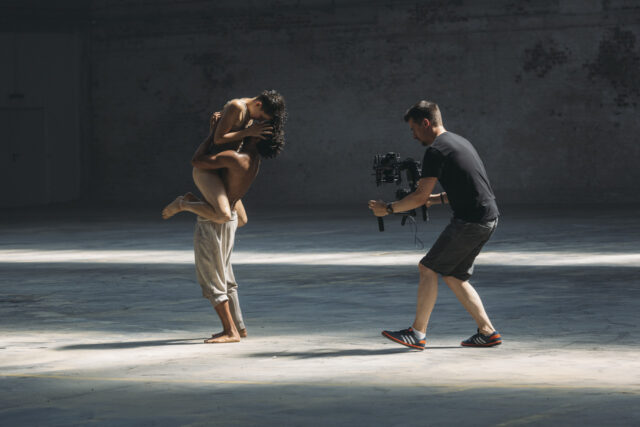
Dancing with the dancers, on a MoVi M5 and the Sony A7s with Batis 2/25
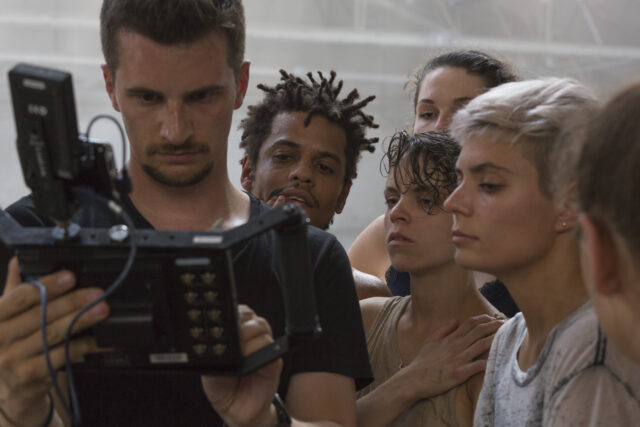
Reviewing the MoVi shots after our 40 degrees Celsius dance …
Lighting
We used natural light on all the dancing scenes, with the odd bounce every now and then. On the close ups of the singer we used Maxi Brutes gelled for daylight and shooting through a large butterfly (silk), same for the “army scene”. We were on a budget so we were kind of stuck using these heavy lights as we were shooting high speed most of the time and those were the only ones with the necessary output that would not flicker at the same time (on the budget we had available). Good suggestion by my gaffer Christopher Macher, however very cumbersome to handle those heavy lights. We used a hazer to get interesting light shafts in the amazing location from above.
Conclusion
The Batis lenses should be considered by video shooters who need a very lightweight option on their E-Mount cameras, who don’t work with a focus puller or focus marks, or who own a gimbal like a MoVi M5 or DJI Ronin, as the low weight is perfect for these devices. Photographers who shoot on E-Mount cameras like the A7 series should get the Batis lenses if they are looking for decent autofocus, low weight and a very sexy new kind of bokeh. It goes without saying that these lenses are extremely sharp, which is usually ZEISS’s top priority when designing lenses. They are certainly not as sharp as the OTUS line, but they also come in in a different price bracket!
Music Video Post-Production
I can’t thank everyone who has been involved with this production enough. First off, hats off to director Nicola von Leffern who invested so much time in her vision of this music video, from pre-production to post-production. Then to everyone who worked on and off screen on the shooting day – it was one of the toughest shoots ever because of over 40 degrees Celsius / 100+ degrees Fahrenheit in the shooting location. The two dancers Karin Pauer and Mario Lopes were absolutely amazing in both their dancing and acting, as well as their endurance. Thanks to my gaffer Christopher Macher and best boy Patrick, who came up with creative lighting solutions on a tight-budget shoot (the selection of lights was limited due to high speed shooting flicker issues and a restricted budget for lights). Thanks to my two camera assistants Sonja Aufderklamm (1st AC), who didn’t have an easy life with all these different lenses regarding focusing, and Owen Kilgour who was a great grip and 2nd AC. Big thanks also to the behind-the-scenes crew Patrick Zadrobilek, Gunther Machu and Tony Gigov as well as other creatives who don’t want to be named, for documenting the process so perfectly and extensively.
Last but not least one of my biggest bows goes out to editor Andreas Ribarits, who – like ages ago when he edited our C500 test short “ALEX” – came onboard this project at the very last minute and then poured all his heart and soul into the edit to finish it in three days. The same is true for colorist Daniel Hollerweger, who did one heck of a job matching Sony FS7 and A7s which looked really apart on this job, and creating a look that underlines the mood of the song perfectly. THANK YOU ALL! This was a great production.
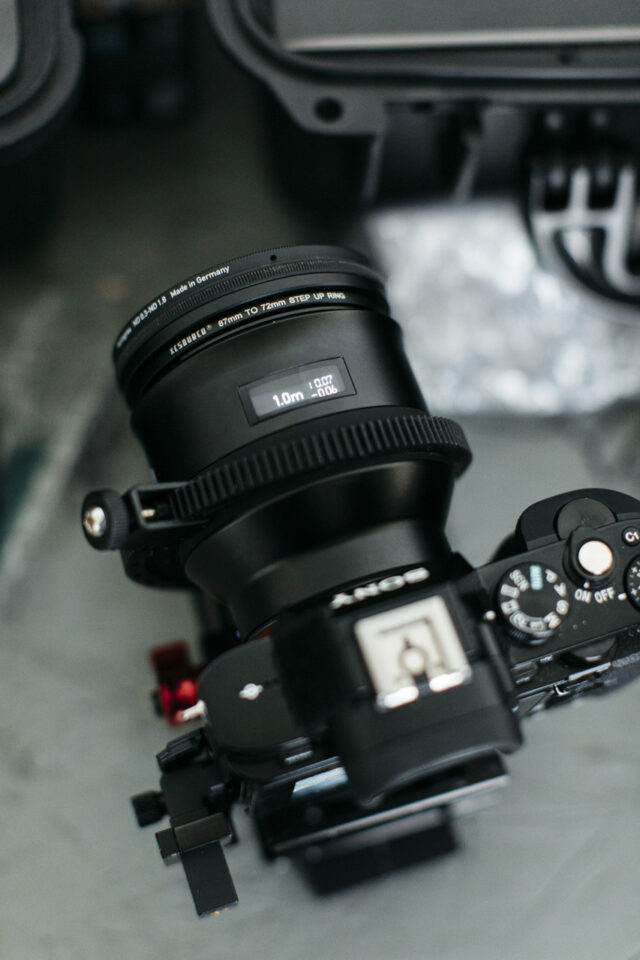
Sony A7s prepared for MoVi M5 gimbal with Lockport HDMI protector, and ZEISS Batis 2/25 on auto focus.
DISCLAIMER:
ZEISS supported us in the production of this music video. I am personally a brand ambassador for Zeiss products, and they were looking for a showcase for their new lenses – so when the music video project came along, it looked like a perfect opportunity to offset some of the cost of this low-budget production with the support of ZEISS’s contribution. The contribution was entirely used for location rent, gear hire (especially lighting equipment) and some essential crew support.
ZEISS also wants me to be open about my experiences with the lenses for video use (which isn’t their main purpose), which is exactly what I am (please read the review above!), so please don’t worry about a “biased review”. I am aware sponsored shoots like this one are a very delicate balance but if all involved parties agree on ground rules first, it can definitely work, like in this case.
-
One can see the passion in your eyes when you look to the camera. This is inspiring. Wish you the best for you future

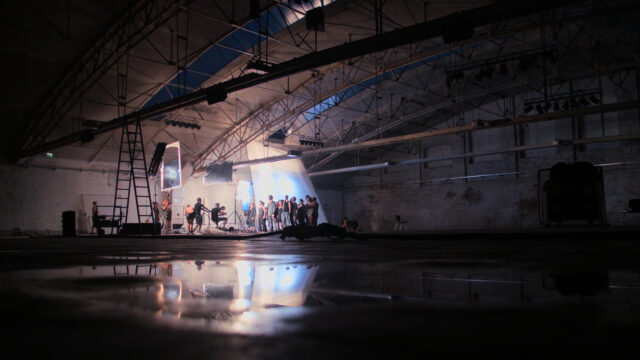
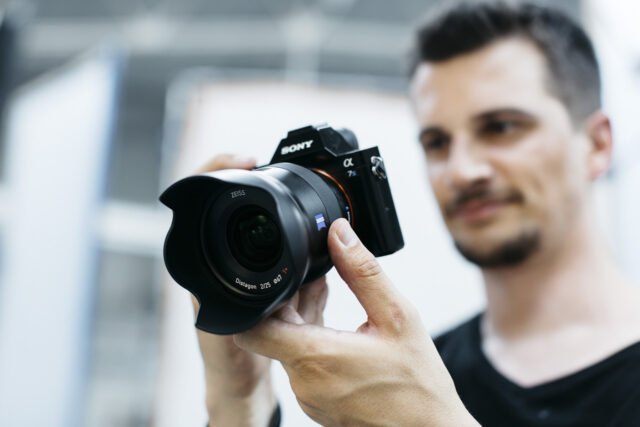
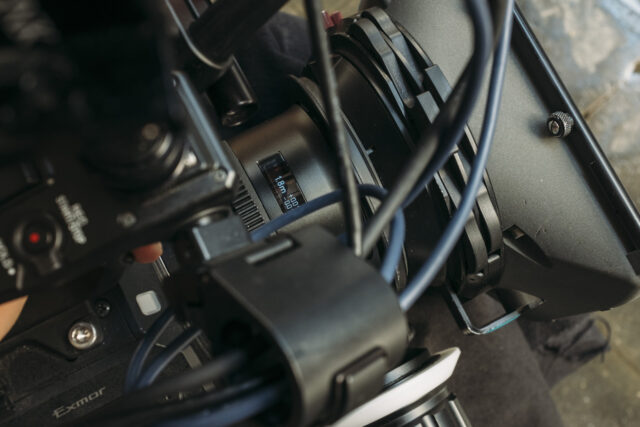
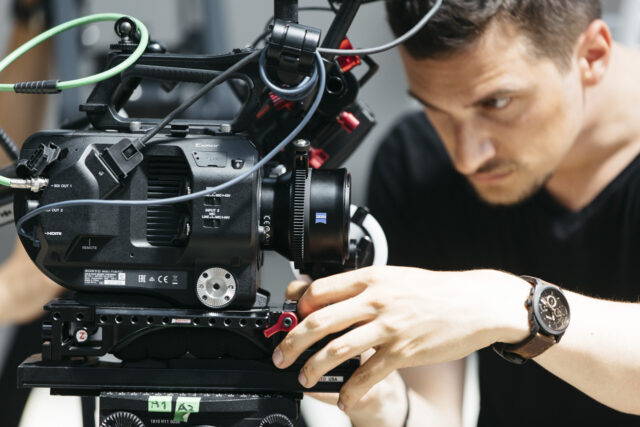
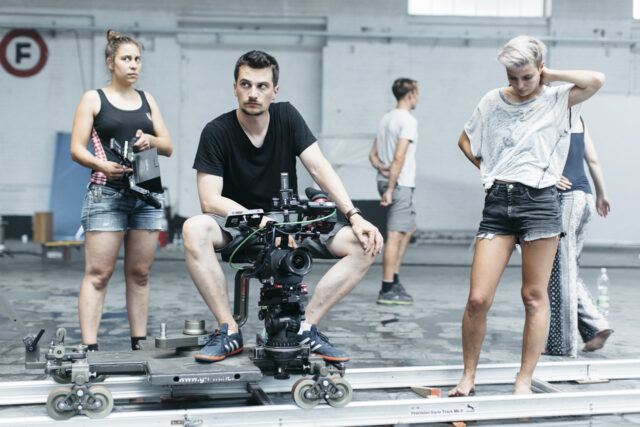
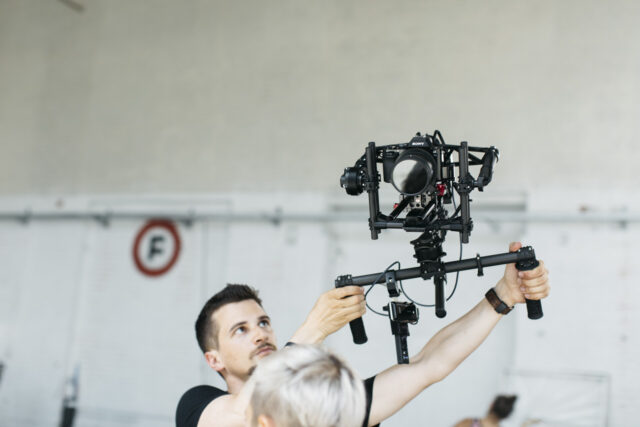
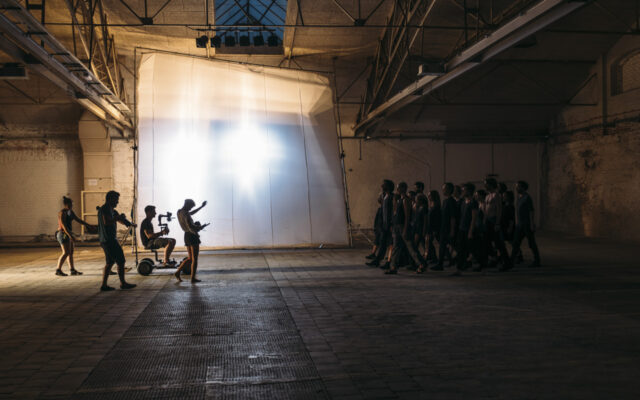
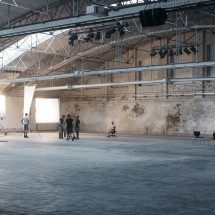

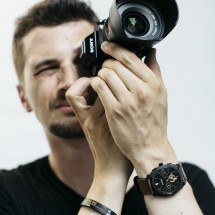
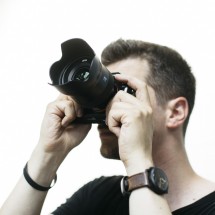
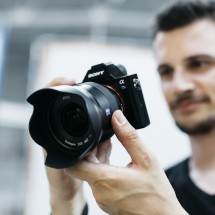
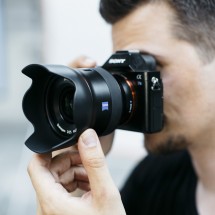

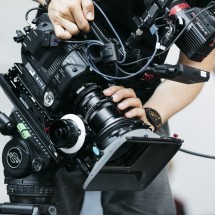
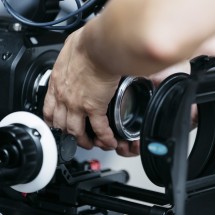
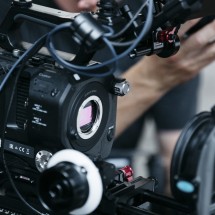
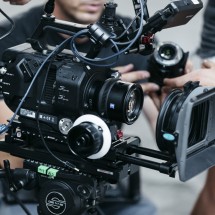
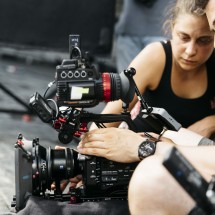
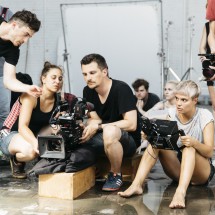
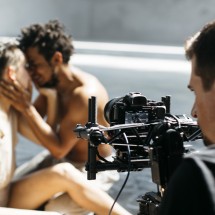
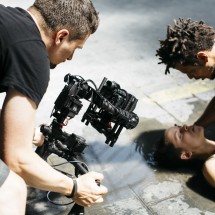

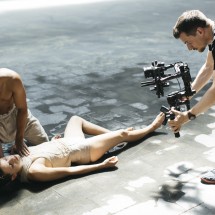
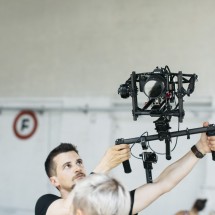
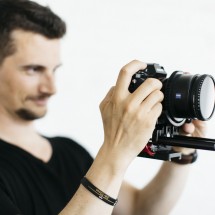
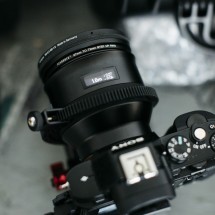
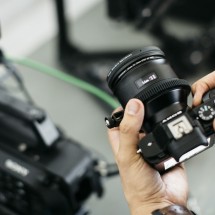
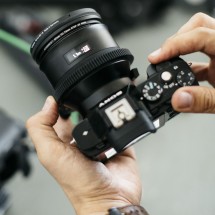
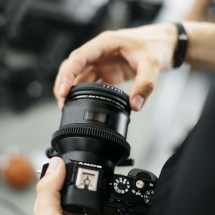
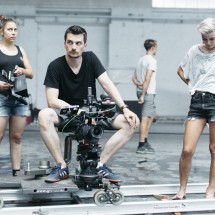

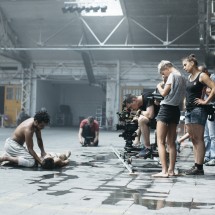
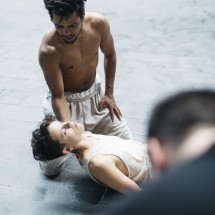
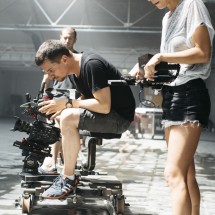
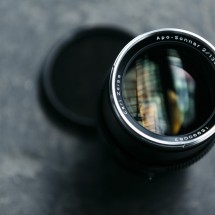
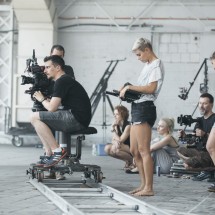
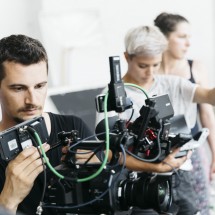
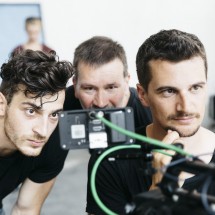


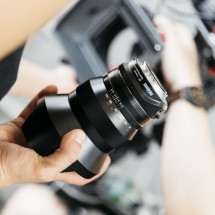

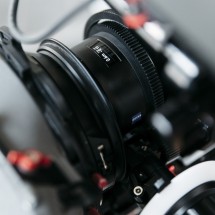
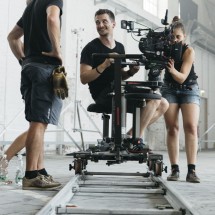
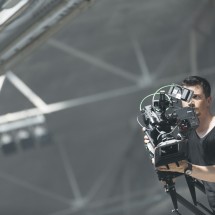
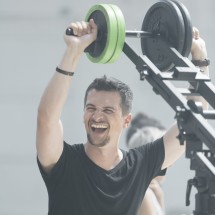
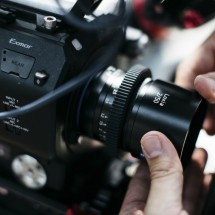

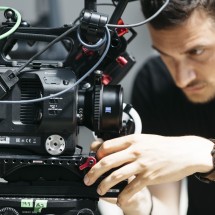
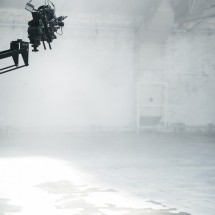
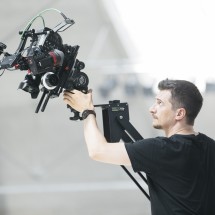
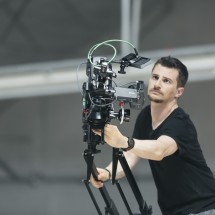
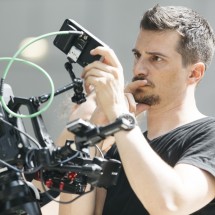
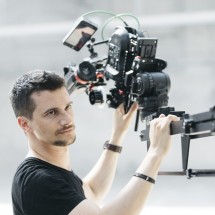
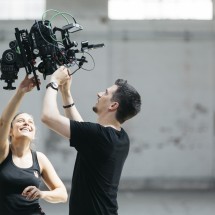
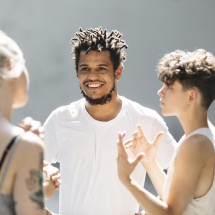
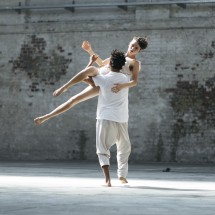
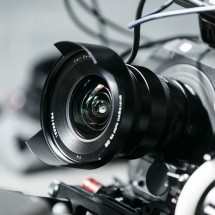
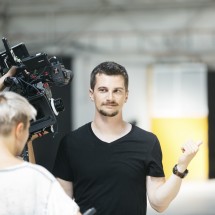
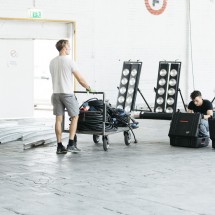

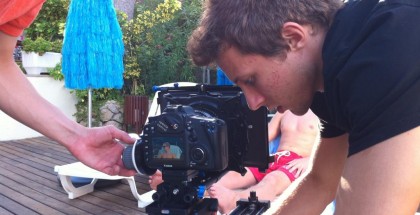
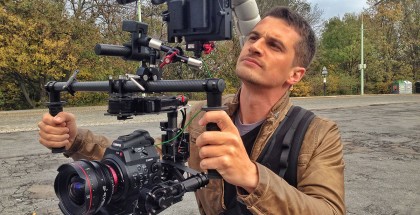
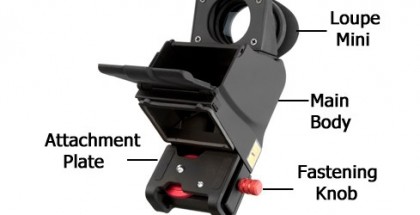

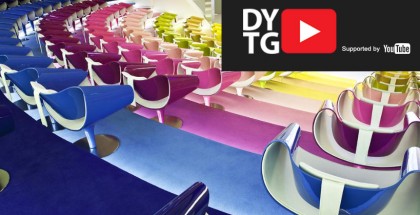
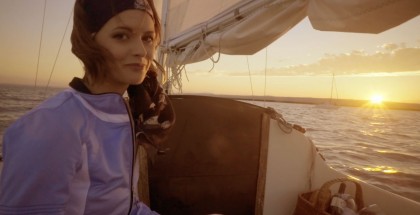

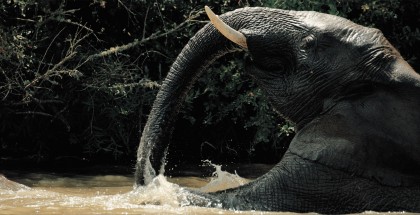












Comments